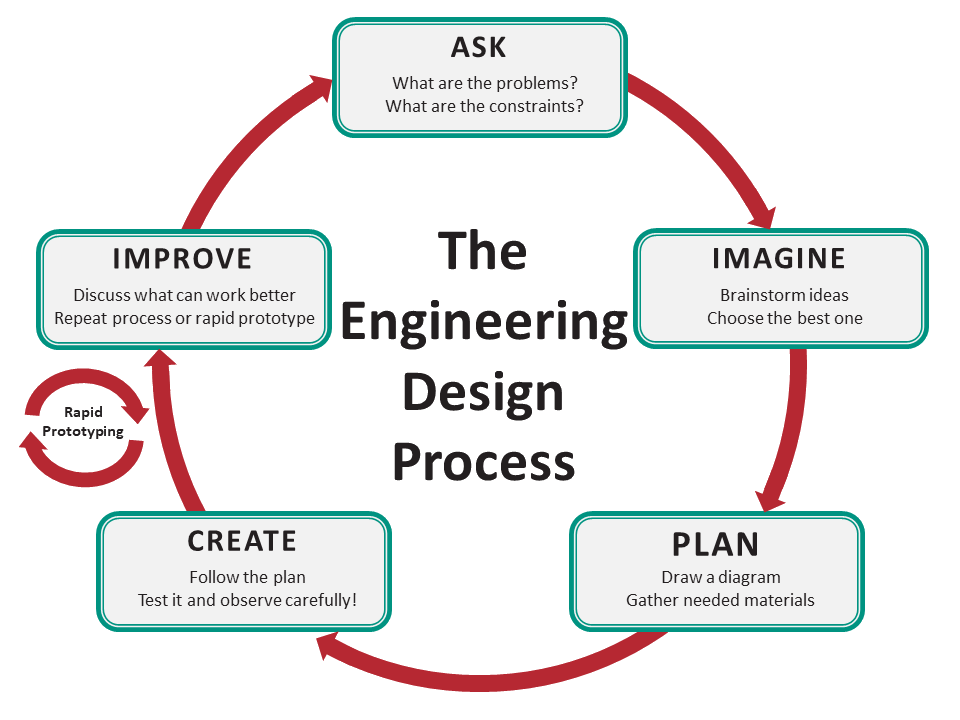Physical Science: Introduction to Circuits (Lesson 1)

Overview
Background: students are familiar with static electricity, charge, and sparks. They also know about conservation of energy, forms of energy including potential energy, power, and work. Students will complete a variety of activities using breadboards, which will display various types of circuits and their effect on the flow of electricity.
Instructor Directions
Project Description | |
| Name of Project | Introduction to Circuits |
| Subject Area | Physical Science (High School) |
| Targeted Standards | PSc.3.3.2 “Explain simple series and parallel DC circuits in terms of Ohm’s Law” |
| Driving Question / Problem / Activator | How do we get electric charge and energy to move, and what can we do with them? |
| Project Summary | Background: students are familiar with static electricity, charge, and sparks. They also know about conservation of energy, forms of energy including potential energy, power, and work.Anticipation GuideIntroduction and Review (Make connections)PretestChallenge 1: connect battery to bulb to make it light (initially provide a single wire; students find a second wire is required to complete the circuit)Challenge 2: quickly open/close circuit; introduction of switchChallenge 3: light more bulbs; provide additional bulbs and jumpers and encourage students to build series circuit and notice what happens (bulbs dim)Challenge 4: find another way to hook up bulbs (parallel; bulbs remain bright)Challenge 5: logic. Placements of switch and consequences; simulate burned-out bulb (by removing from socket) and consequencesChallenge 6: resistor. Experiment with adding resistor in series and in parallel.Brief discussion: draw out: bulbs act like resistors, or resistors act like bulbs that don’t light.Direct instruction: representing circuits. Symbols for battery, bulb, switch, resistorStudent work: represent their series and parallel circuits, answer questions about brightness, switch placement, etc.Direct instruction: Ohm’s Law and analyzing circuitsStudent work: analyze their circuits to determine voltage, current, resistance at each bulb or resistor.Discussion: which affects brightness more, current or voltage?Direct instruction: Interpret voltage, current, resistance. General concept of device. Voltage as potential energy that can be converted to light, heat, work in devices. Student work: interpretive; descriptive. Pose question: resistor doesn’t produce light, sound, work. What happens to the energy (voltage drop) that is used in a resistor?Introduce breadboard and LEDs (Note: this step is important to future studies on waves). Need to protect LEDs with resistors. Give specs; have students calculate the resistance needed to protect the LEDs.Challenge: build series and parallel circuits on breadboards using LEDs and switches. Students must demonstrate that LEDs are protected with resistors in order to get batteries.Review (direct instruction): analyzing circuit for V, I, R.Student work: sketch their circuits and calculate V, I, R values. Demonstrate that voltages and currents are appropriate for LEDs.Challenge: students choose a project and build it. Have components and instructions available.Student work: Worksheet practicing application of Ohm’s Law, practical questions about parallel, series, burned-out bulbs, complete circuits.Post test |
| Estimated Time | 2-3 class periods |
| Materials / Resources (including link to slideshow if available) | Teacher InstructionsPretestPosttestBatteries, bulbs, sockets, jumpers, switchesBreadboards, leads, LEDs, resistors, small switchesDevices for creative projectsSlideshow in 3 parts with guided notes -representing circuits -Ohm’s Law -interpretation of voltage, current, and resistanceWorksheets -represent series & parallel circuits, answer questions -simple Ohm’s Law problems and analyze circuit using Ohm’s Law -interpret and describe V, I, R -sketch breadboard circuits and analyze for V, I, R. Demonstrate LED voltages are appropriate -follow-up/review worksheet covering whole standard |
| Tags | Physical Science, electricity, power, electrical power, P=IV, Ohm’s Law, voltage, current, resistance, potential, potential energy, V=IR, circuit, series, parallel, resistor, battery, conservation of energy, energy conservation, energy transfer |
Project Outline | |
| Ask | How do we get electric charge and energy to move and what can we do with them? |
| Imagine | |
| Plan | |
| Create | |
| Improve | |
| Closure / Student Reflections | |
| Possible Modifications / Extensions | |
Evaluation (Pre/Post)
Insert Links to Google Forms
Pretest Link:
Post-test Link:
Credits or Modified From
Additional Resources / Help for teaching this lesson
Sample Pictures / Video
Teacher Comments of what worked / did not work well

